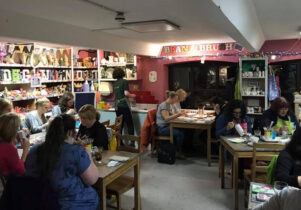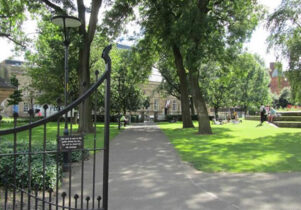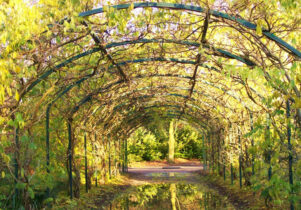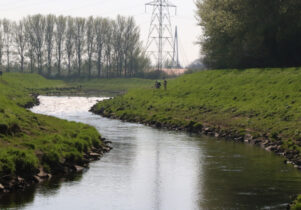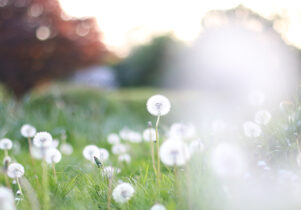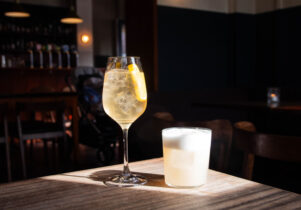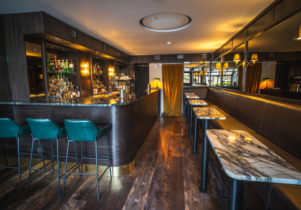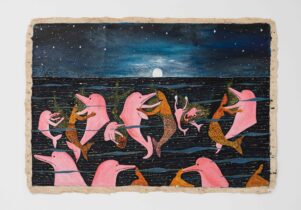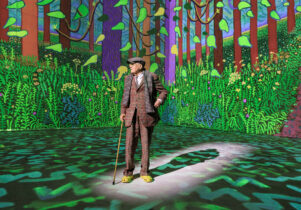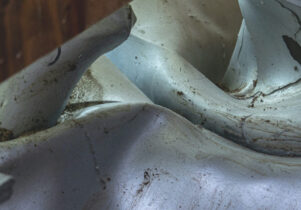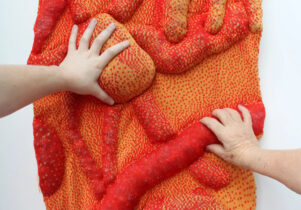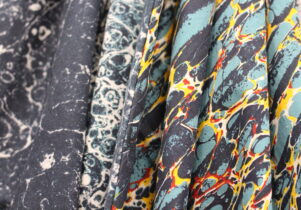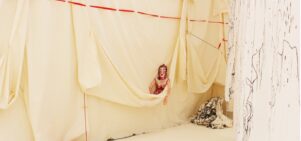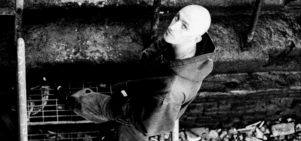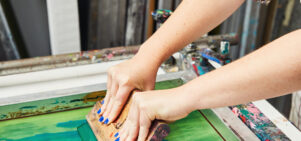She Appeared to Vanish at Waterside Arts in Sale and HOME Manchester
Sara Jaspan, Exhibitions EditorVisit now
She Appeared to Vanish
Always double check opening hours with the venue before making a special visit.
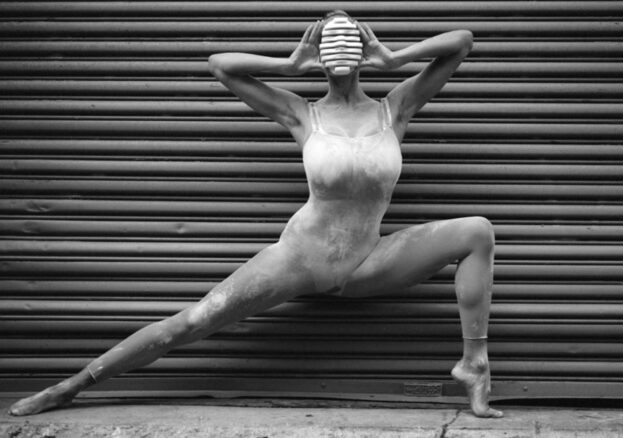
The female form has been a source of artistic inspiration since the earliest of times. Indeed, the oldest known, undisputed depiction of the human figure is the Venus of Hohle Fels, a six-centimetre-tall Venus figurine made of mammoth ivory, dated to between 40,000 and 35,000 years old, in which the focus is very much on her sex and reproductive parts. Over the centuries, conventions developed in Western art that very much reflected the patriarchal nature of society (and the fact that the vast majority of practicing artists were male), typically representing women as passive beings and/or as sexual objects, there for the pleasure of heterosexual male viewers. It wasn’t until the rise of feminist art over the course of the 20th century that this trend began to truly be challenged. Today, artist/photographers Céline Bodin, Delphine Diallo, Sarah Eyre, Eva Stenram and Pinar Yolaçan form part of this ongoing movement, using their cameras to disrupt, frustrate and defy what British film critic Laura Mulvey termed, the male gaze.
Bringing all five of their work together, She Appeared to Vanish at HOME in Manchester and Waterside Arts in Sale offers a different look; exploring themes such as gender and identity, beauty, fashion, cultural heritage, the ongoing labour of maintaining and controlling our bodily surfaces, and the consumption of images. Drawing upon wider traditions of painting, sculpture, surrealist collage and performance, the exhibition asks the viewer, in the words of its curator, Mario Popham, ‘to consider the act of viewing the female form and its historical and contemporary implications,’ making ‘a virtue of difference’. This is an exhibition that seeks to cut across continental boundaries and traditions, charged with energy, tension, subversion and resistance. Head along to both venues to see conventions undone and reenvisaged.

